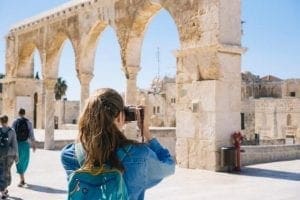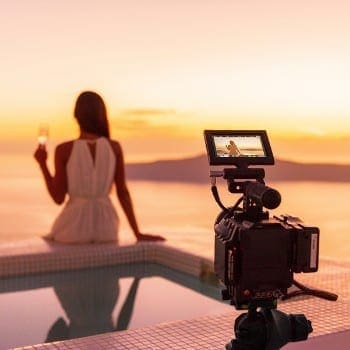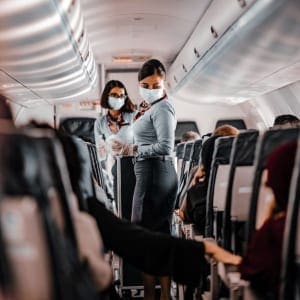 To separate photography from travel is unnatural, and in a world where disconnection is no longer normal, travelling without posting or sharing holiday photos seems just as unnatural. Social media popularised the phrase “Pics or it didn’t happen”. If there is no photo of your holiday online, were you even there?
To separate photography from travel is unnatural, and in a world where disconnection is no longer normal, travelling without posting or sharing holiday photos seems just as unnatural. Social media popularised the phrase “Pics or it didn’t happen”. If there is no photo of your holiday online, were you even there?
Filtered experiences: how social media impacts the way we travel
Vacation has been described as the one event when most photos are taken, and 60% of travellers who use social media while travelling post photos of their holiday during the trip (MDG Advertising, 2018). This can be attributed to the parallel development of photo-taking devices, mobile technologies and social media platforms, which opened up opportunities for tourists to share photos as their experiences unfold. It offers tourists an audience beyond those who are physically present – an audience that can witness, share, react and, to a certain extent, participate in one’s travel.
According to a study conducted by WeSwap (2018), 31% of millennials view photo-sharing to be just as important as the holiday, while 29% will not choose a destination if opportunities for photo-sharing were not presented. This highlights the intertwined relationship between photo-taking, photo-sharing and the present-day tourist experience.
The bigger picture: photo-sharing in the tourism industry
While it is typical to associate such behaviour to millennials, who Time Magazine (2013) labelled the “Me Me Me Generation”, it is important to recognise that photo-sharing represents more than just a narcissistic call for attention. Tourists share photos for myriad reasons. Studies have shown that photos are shared for the purpose of memory-making, documentation, experience-sharing, knowledge-sharing, broadcasting achievements, motivating others, staying in touch, self-representation and self-expression. To some, it determines the worthiness or fulfilment of their trip.
It is reasonable to suggest that the desire to take and share holiday photos may detract from one’s engagement with the destination and hence immersion in the experience. Photo-taking and photo-sharing require interaction with mobile devices which narrow one’s attention to the screen and connect people to the virtual environment of the mundane life. Many service firms have viewed mobile engagement in this way, resulting in the rise of mobile-free experiences, digital-detox retreats and tech-free tourism.
It is also fair to question what the absence of photo-sharing means to the tourist experience. Consider the lost opportunities to share travel encounters, impart the pleasures of travel to others, celebrate achievements, invoke reactions, drive motivation, remain in touch, curate one’s identity and express oneself. It is, after all, the novelty of that travel that offers such opportunities. When one is privileged to experience the out-of-ordinary, it creates a need to share, at least visually, with those who are not able to. Whether performed for the benefit of oneself or others, photo-sharing offers value which enriches one’s experience – value that cannot be attained from the destination alone.
A journey shared: The future of travel photography and social media
So, what does this mean to the tourism industry and the ways in which experience is viewed? One thing is certain: social media is here to stay. With more than 3.7 billion active users today and an array of platforms at hand, photo-sharing will continue to find its place in the tourism landscape.
The tourist experience is a subjective construct: what is deemed valuable to one may not be to another. Tourists will pursue an experience they perceive to be meaningful. If taking and sharing holiday photos offers happiness to some, perhaps that is the kind of experience that should be afforded to them. Equating photo-sharing while travelling to hampered or superficial experiences means not honouring such subjectivity or accepting the changes that have occurred over the past decade. After all, photo-sharing provides extended benefits to a multitude of stakeholders. Photos offer travel inspiration and drive tourist motivation, all while granting publicity to tourism providers. On the other hand, viewers are given the freedom to live through the experience of those they follow online.
With the ongoing pandemic putting a halt to international tourism, the novelty of travel will only be amplified. The ensuing desire to share experiences with those restricted from travel is foreseeable and undoubtedly, justified.
About the author
Dr. Cindy Lee is a Senior Learning Facilitator at Blue Mountains International Hotel Management School.
















